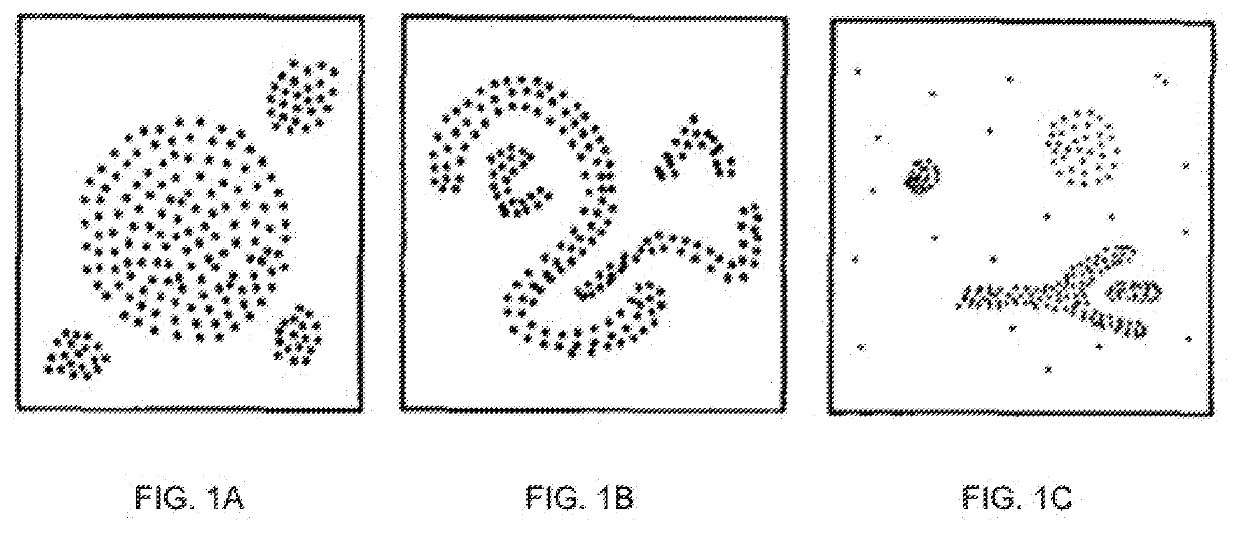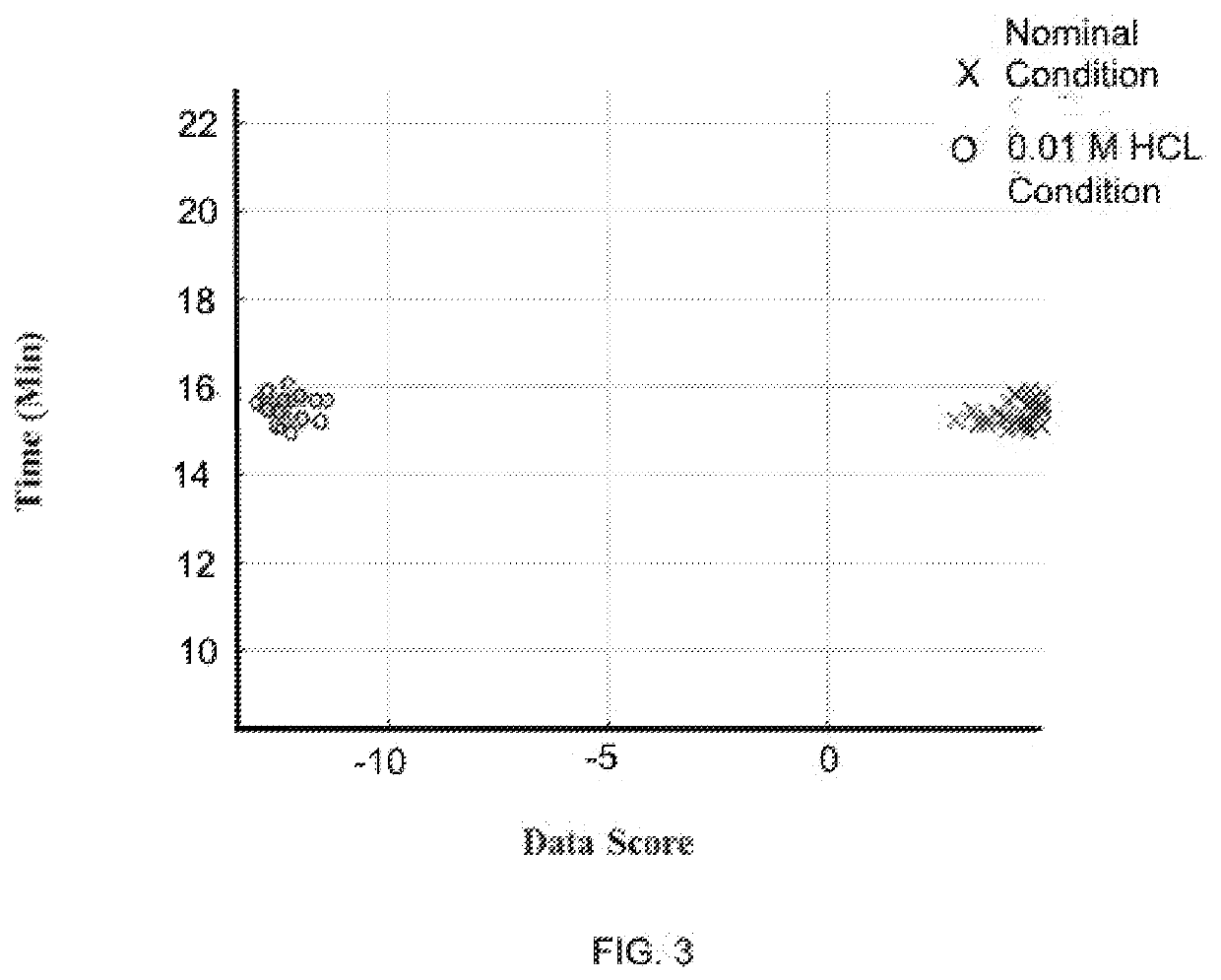Tissue damage assessment method and system
a tissue damage and assessment method technology, applied in the field of tissue damage assessment method and system, can solve the problems of no practical way to map such data to show tissue damage in near real time without machine learning, and take noisy dielectric data from probes
- Summary
- Abstract
- Description
- Claims
- Application Information
AI Technical Summary
Benefits of technology
Problems solved by technology
Method used
Image
Examples
Embodiment Construction
[0012]The state of healthy, damaged and dead tissue can be determined from the dielectric response from far field probes. The technical problem is to take noisy permittivity data and identify the state of the tissue mapping it in 2 and 3 dimensions. The technical solution is to use machine learning algorithms to cluster the data points that are relevant to tissue assessment and to ignore the noise datapoints. There are multiple clustering algorithms. The preferred algorithm is a DBSCAN because it does not require knowledge of the number of clusters and is dimensionless. The algorithm Density Based Spatial Clustering of Applications with Noise (DBSCAN) is designed to discover the clusters and noise in a database according to definitions. DBSCAN calculates values by defining the neighborhood of a Point P. A naive approach could require for each point in a cluster that there are at least a minimum number of points (MinPts) the neighborhood of that point. Ideally, the parameters of epsi...
PUM
 Login to View More
Login to View More Abstract
Description
Claims
Application Information
 Login to View More
Login to View More - R&D
- Intellectual Property
- Life Sciences
- Materials
- Tech Scout
- Unparalleled Data Quality
- Higher Quality Content
- 60% Fewer Hallucinations
Browse by: Latest US Patents, China's latest patents, Technical Efficacy Thesaurus, Application Domain, Technology Topic, Popular Technical Reports.
© 2025 PatSnap. All rights reserved.Legal|Privacy policy|Modern Slavery Act Transparency Statement|Sitemap|About US| Contact US: help@patsnap.com



